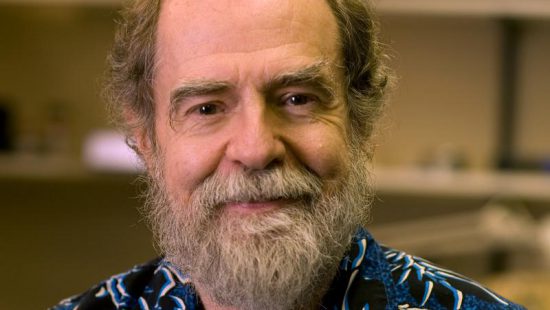Nature is highly symmetric – from the structure of a snowflake to the Mickey Mouse-shaped water molecules it contains.
According to the concept of parity, these objects, which mirror each other, must obey the same physical laws.
Chen Ning Yang, a Chinese-American theoretical physicist, helped find an exception to this rule, showing that parity is violated when elementary particles – subatomic components like quarks and leptons – begin to decay.
This concept is called “weak interaction,” a condition that spawns radioactive decay, playing a key role in the fission that powers nuclear plants and weapons.
The discovery won Yang a Nobel Prize in 1957.
“I should like to say that I am as proud of my Chinese heritage and background as I am devoted to modern science, a part of human civilization of Western origin, to which I have dedicated and I shall continue to dedicate my work,” he said, accepting the honor.







